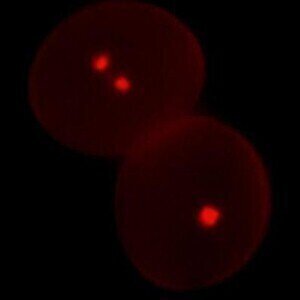Electrophoretic Separations
Measuring absolute density in active species could lead to better treatments
Nov 21 2012
Considerable advances have been made in measuring the density of active species utilised in medical applications of plasma physics which may improve the precision of treatment.
For the first time ever, the absolute density of active substances, named radicals, which are found in a state of matter known as plasma, has been measured, according to an international group of researchers and scientists working at the Plasma Technology research unit at Ghent University in Belgium.
This discovery might have significant implications for medicine, such as inducing a targeted antiseptic effect in vivo without affecting nearby tissues, or simulating tissue regeneration.
In order to detect and estimate the density of radicals in plasma, the team of scientists used laser fluorescence spectroscopy.
Plasma is made of charged species which are active molecules such as atoms and radicals.
Being one of the most vital reactive species in plasma science because of their high level of oxidation, scientists opted to focus on OH radicals.
Damaging components in the human body or in nature, such as methane, volatile organic compounds and carbon monoxide are shattered by the chemical reactions from OH radicals.
Due to the problems with registering and analysing the fluorescence signal, laser-induced fluorescent capacity to gauge the absolute density of radicals has been very restricted, up until this new discovery.
Inclusive of energy transfer stemming from the radicals' vibrations, the scientists have supplied a simplified model in this study.
It can be utilised to examine the laser fluorescence spectroscopy signal at the usual atmospheric pressure.
The scientists can then confirm experimentally whether their model is valid, with a plasma jet made of water molecules combined with argon gas.
"The calculation of one-dimensional line-averaged OH density made in this paper could also be extended to a two-dimensional spatial resolution of the OH radicals in future work," stated the research article.
The study will be published in The European Physical Journal D.
Posted by Ben Evans
Digital Edition
Chromatography Today - Buyers' Guide 2022
October 2023
In This Edition Modern & Practical Applications - Accelerating ADC Development with Mass Spectrometry - Implementing High-Resolution Ion Mobility into Peptide Mapping Workflows Chromatogr...
View all digital editions
Events
Apr 23 2024 Kintex, South Korea
Apr 23 2024 Seoul, South Korea
Apr 28 2024 Montreal, Quebec, Canada
May 05 2024 Seville, Spain
May 15 2024 Birmingham, UK














